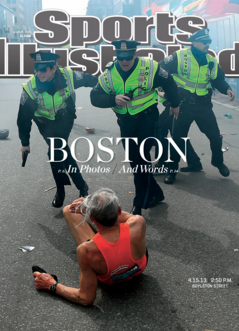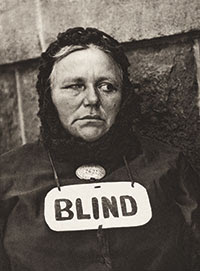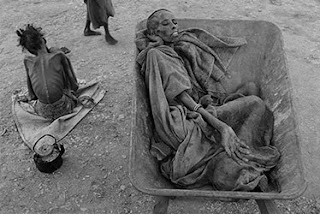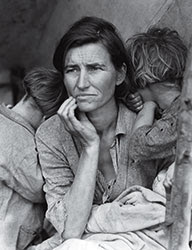Magazine Tips

When designing my magazine cover, I should keep in mind... 1. Make sure there is a title or head logo ( brand ) is there 2. Should arouse curiosity ( people should be drawn to it ) 3. Don't edit or alter the photo too much 4. Shouldn't be cluttered, keep it simple and allow it to stand out 5. Should either be emotionally or visually appealing Best Magazine Covers 2013 1. New York, May 20, Michael Douglas is Liberace - Formal 2. Bloomberg Businessweek, December 2-8... - Formal 3. The New York Times Magazine, May 19, The Secret Lives of Gems - Informal 4. Sports Illustrated, April 22, Boston - Environmental 5. ESPN the magazine, September 16 - Environmental 6. The New York Times Magazine, November 24 - Environmental 7. Runner's World, December, Get Fit Have Fun - Environmental 8. O, The Oprah Magazine, September, Hair - Formal 9. Brides, October/ November - Environmental 10. December/ January, The Art Issue - Formal 11. Harper's Bazaar, May - Formal





